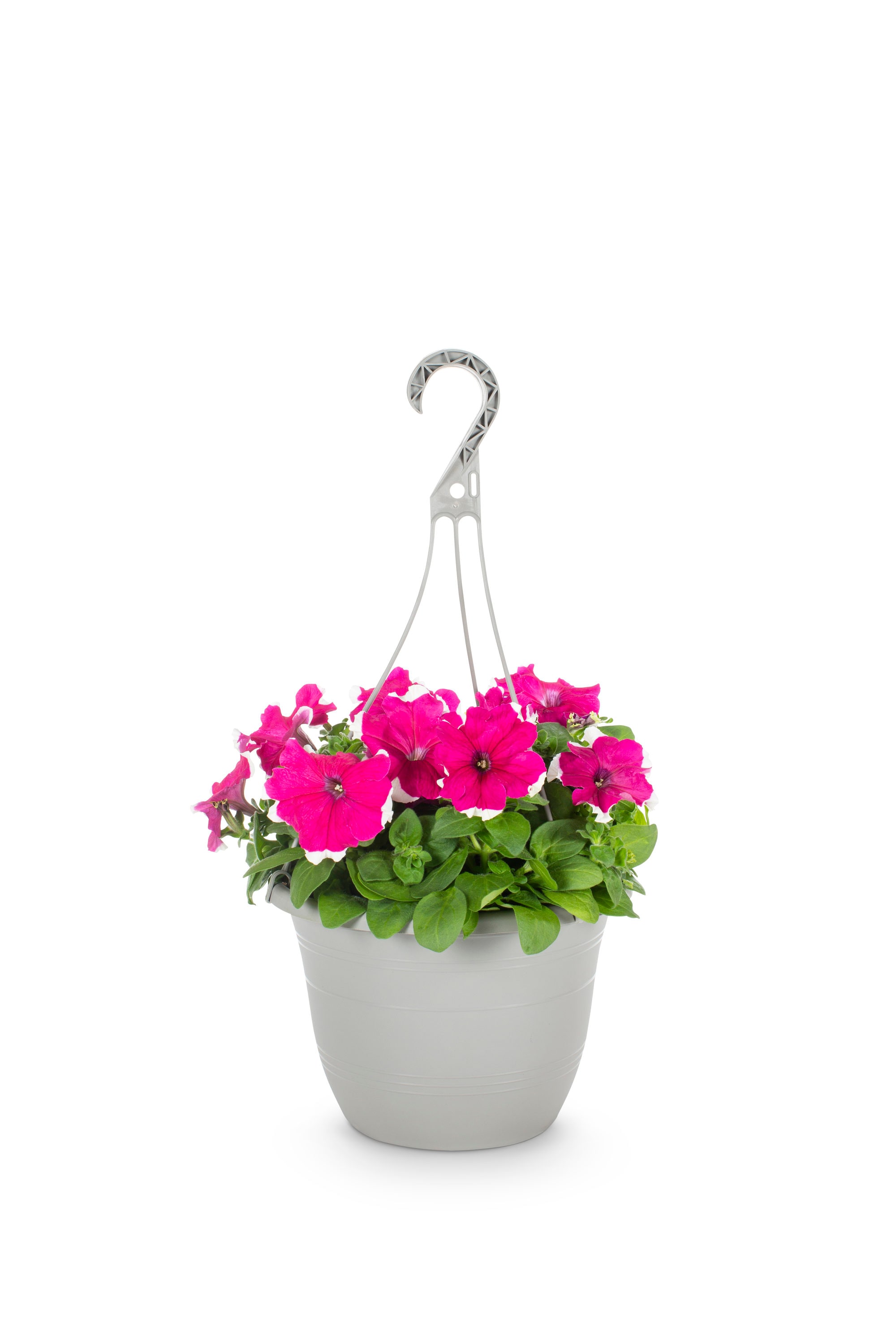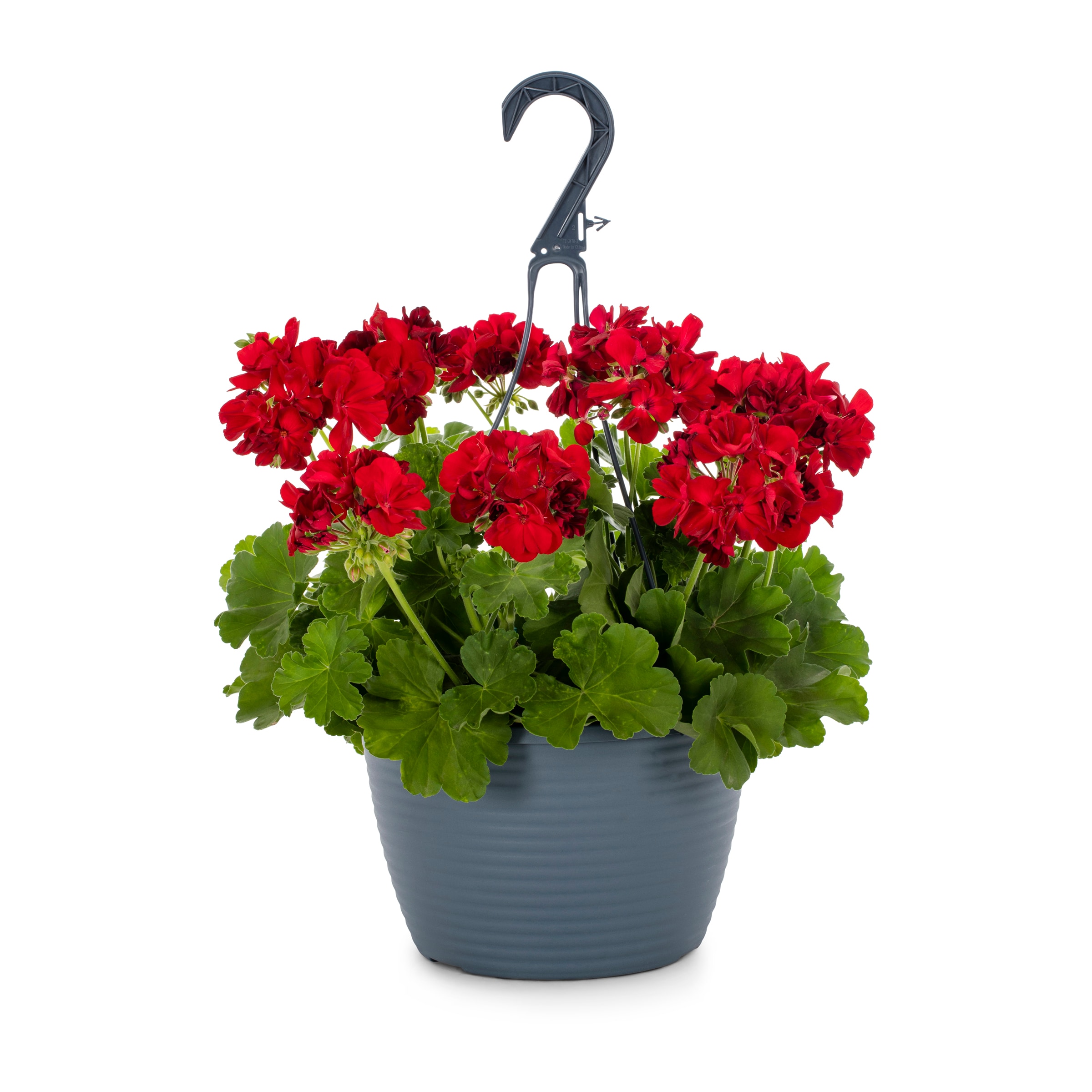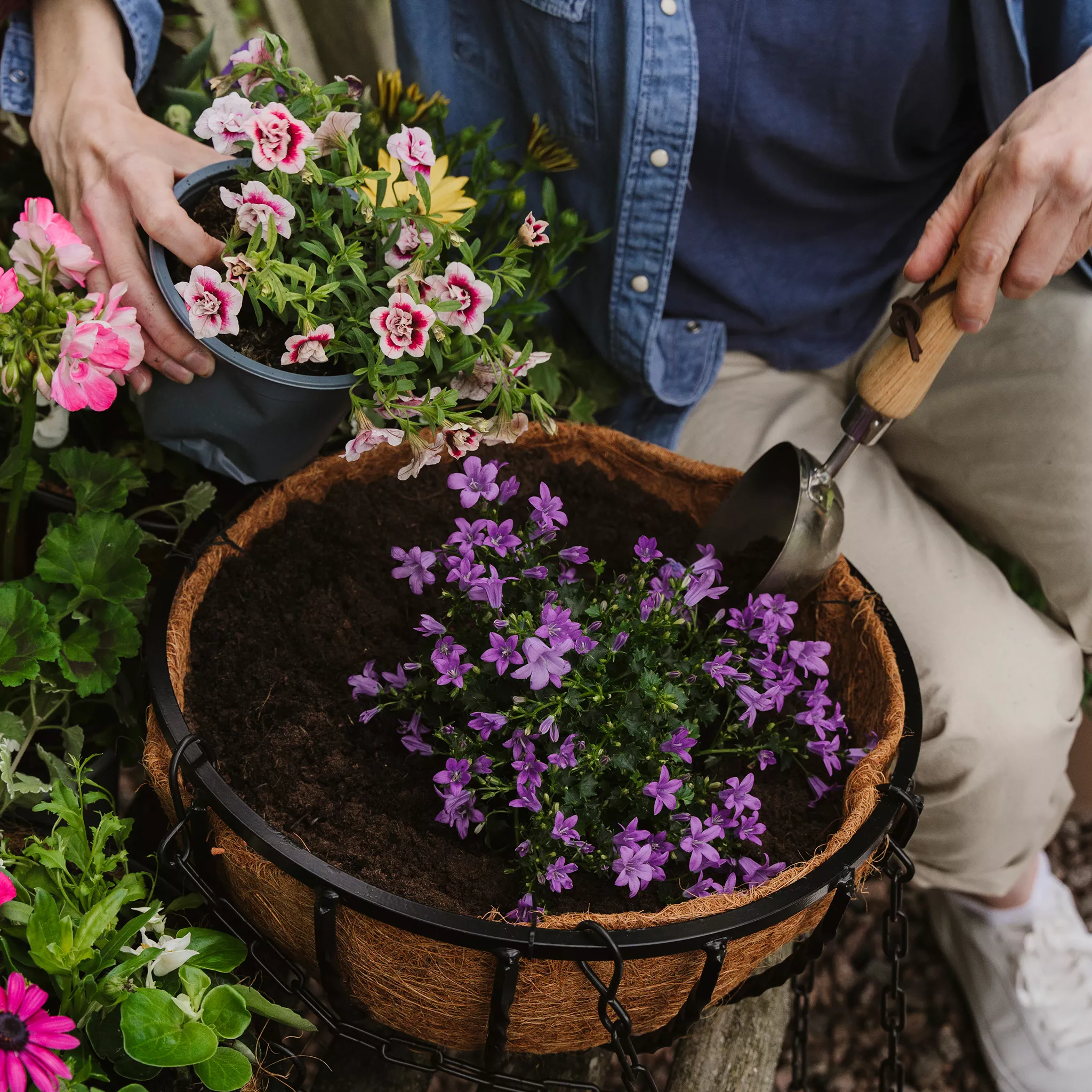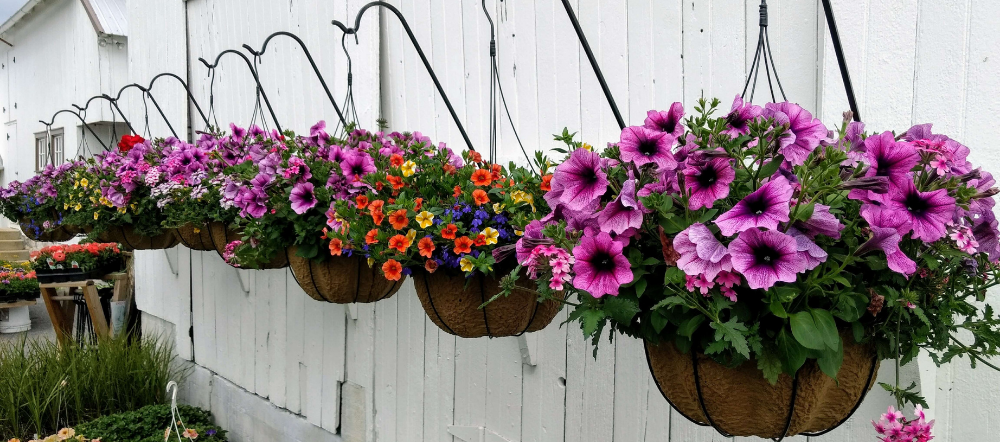Summer Hanging Baskets: How To Create A Beautiful And Colorful Display
Summer Hanging Baskets: How to Create a Beautiful and Colorful Display
Summer is the perfect time to enjoy the beauty of hanging baskets. These colorful displays can add a touch of life to any porch, patio, or garden. But with so many different plants to choose from, it can be hard to know where to start.
That's where this blog post comes in. In this guide, we'll walk you through the steps of creating a beautiful and colorful hanging basket. We'll cover everything from choosing the right plants to watering and maintenance.
So whether you're a gardening novice or a seasoned pro, this guide has something for you. Let's get started!
Choosing the Right Plants
The first step in creating a beautiful hanging basket is choosing the right plants. There are a few things to keep in mind when making your selection:
- Sun exposure: How much sun does your hanging basket get? Some plants, like petunias and geraniums, need full sun, while others, like impatiens and begonias, prefer partial shade.
- Water needs: How often do you need to water your hanging basket? Some plants, like succulents, are drought-tolerant, while others, like petunias and geraniums, need to be watered regularly.
- Bloom time: When do you want your hanging basket to be in bloom? Some plants, like begonias, bloom all summer long, while others, like impatiens, bloom for a shorter period of time.
Once you've considered these factors, you can start to narrow down your choices. Here are a few of our favorite plants for hanging baskets:
- Petunias: Petunias are a classic choice for hanging baskets. They come in a wide variety of colors and bloom all summer long.

- Geraniums: Geraniums are another popular choice for hanging baskets. They are drought-tolerant and come in a variety of colors, including red, pink, white, and purple.

- Impatiens: Impatiens are a good choice for hanging baskets that receive partial shade. They come in a variety of colors, including pink, white, and purple.

- Begonias: Begonias are a versatile choice for hanging baskets. They come in a variety of colors and bloom all summer long. They can also tolerate partial shade.

- Trailing lobelia: Trailing lobelia is a great choice for hanging baskets because it cascades over the sides. It comes in a variety of colors, including blue, pink, and white.
- Dichondra: Dichondra is a trailing plant that is known for its silver foliage. It is a good choice for hanging baskets that receive partial shade.

- Salvia: Salvia is a flowering plant that comes in a variety of colors, including blue, purple, and red. It is a good choice for hanging baskets that receive full sun.

Planting Your Hanging Basket
Once you've chosen your plants, it's time to start planting. Here are the steps involved:
- Choose a hanging basket that is the right size for your plants.
- Fill the basket with a high-quality potting mix.
- Plant your plants according to their individual needs.
- Water your hanging basket thoroughly.
- Hang your basket in a location that receives the right amount of sun.
Watering and Maintenance
Once your hanging basket is planted, it's important to water it regularly. The frequency of watering will depend on the type of plants you have and the amount of sun they receive.
In addition to watering, you'll also need to fertilize your hanging basket every few weeks. Use a balanced fertilizer that is designed for container plants.
Finally, it's important to deadhead your hanging basket regularly. This means removing the spent flowers. Deadheading will help to encourage new blooms.
Conclusion
With a little planning and care, you can create a beautiful and colorful hanging basket that will brighten up your home or garden all summer long. Follow the tips in this guide, and you'll be well on your way to success.
Are you looking for a beautiful and easy way to add some color to your home this summer? If so, you should consider planting a hanging basket! Hanging baskets are a great way to bring the outdoors in, and they can add a touch of elegance to any space.
If you're new to hanging baskets, or if you're just looking for some inspiration, I recommend visiting Garden Wiki. This website has a wealth of information on how to choose the right plants, how to plant and care for your basket, and how to keep it looking beautiful all summer long.
Garden Wiki also has a great selection of hanging baskets for sale, so you can find the perfect one for your home. Whether you're looking for a traditional basket filled with flowers, or something more unique, you're sure to find something you love.
So what are you waiting for? Visit Garden Wiki today and start planning your summer hanging basket!
FAQ of summer hanging baskets
Question 1: What are the best plants for summer hanging baskets?
Answer: There are many great plants that can be used in summer hanging baskets, but some of the most popular include:
- Impatiens
- Petunias
- Begonias
- Verbenas
- Bidens
- Fuchsias
- Lobelias
- Calibrachoa
- Dahlias
These plants all thrive in hot, sunny weather and produce abundant blooms throughout the summer. When choosing plants for your hanging basket, it is important to consider the amount of sunlight your space receives, as well as the overall look you are trying to achieve.
Question 2: How often do I need to water my hanging basket?
Answer: Hanging baskets need to be watered more frequently than other types of plants, as they are more exposed to the elements. In hot, dry weather, you may need to water your hanging basket twice a day. On cooler days, once a day should be sufficient.
It is important to water your hanging basket thoroughly, until the water runs out of the drainage holes. You should also check the soil moisture level regularly, and water more often if the soil feels dry.
Question 3: How do I deadhead my hanging basket?
Answer: Deadheading is the process of removing spent blooms from your hanging basket. This will help to encourage new blooms to form and keep your basket looking its best.
To deadhead your hanging basket, simply pinch or snip off the spent blooms with a pair of scissors. You can also use a sharp knife. Be sure to remove the entire bloom, including the stem.
Question 4: How do I fertilize my hanging basket?
Answer: Hanging baskets need to be fertilized regularly to keep them blooming their best. You can use a liquid fertilizer, such as Miracle-Gro, or a slow-release fertilizer.
Liquid fertilizer should be applied every 1-2 weeks. Slow-release fertilizer should be applied once a month.
Question 5: What should I do with my hanging basket after summer?
Answer: After summer, you can either empty your hanging basket of plants and dispose of them, or you can overwinter the plants indoors.
If you choose to overwinter the plants indoors, you will need to move them to a cool, bright location. You will also need to water them less frequently.
Image of summer hanging baskets
5 different images of "summer hanging baskets" from Pinterest:
- A hanging basket filled with bright red geraniums, blue lobelia, and white petunias.

- A hanging basket overflowing with trailing nasturtiums, orange marigolds, and yellow daisy flowers.

- A hanging basket with a mix of purple, pink, and white petunias, along with some trailing vines.

- A hanging basket with white and purple pansies, along with some trailing sweet alyssum.

- A hanging basket with a mix of colorful succulents, including sedums, kalanchoes, and aloe vera.

Post a Comment for "Summer Hanging Baskets: How To Create A Beautiful And Colorful Display"